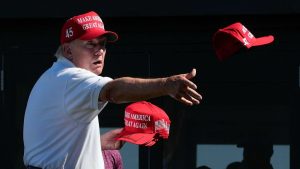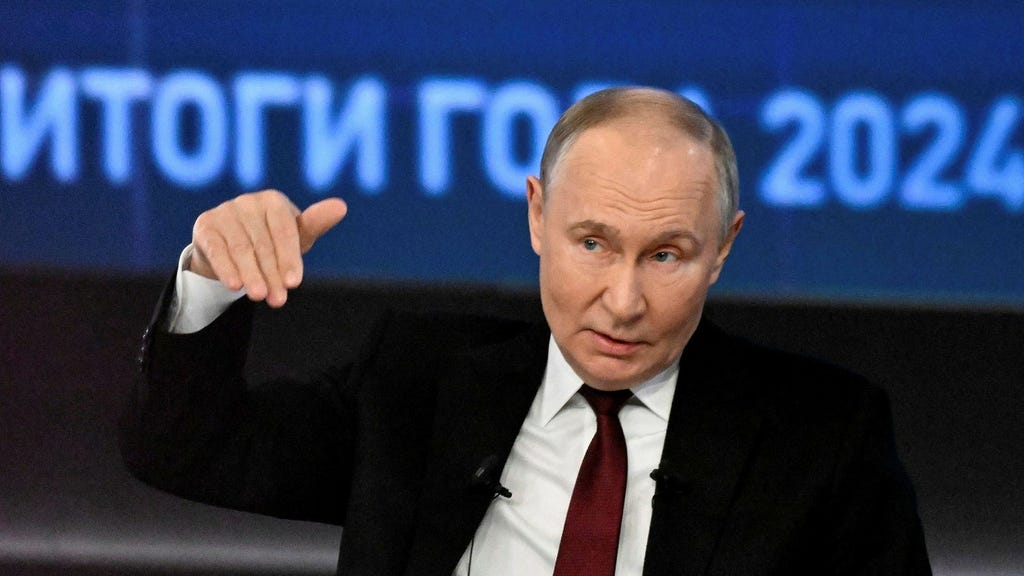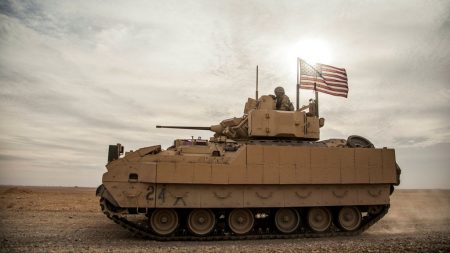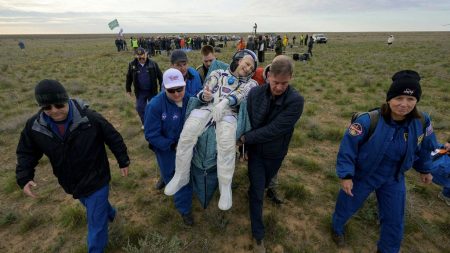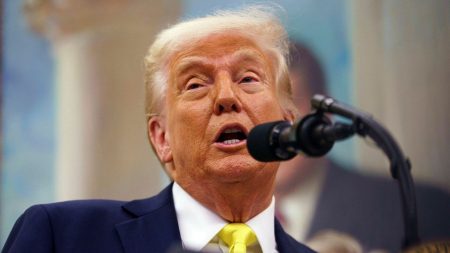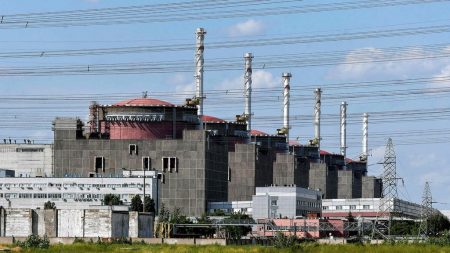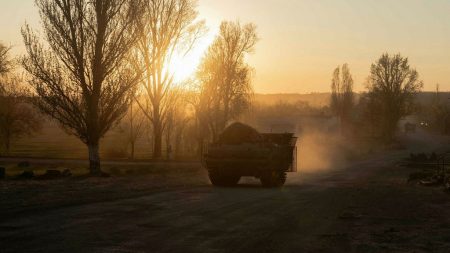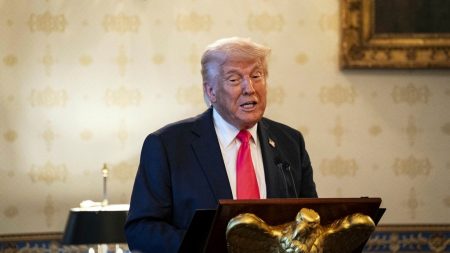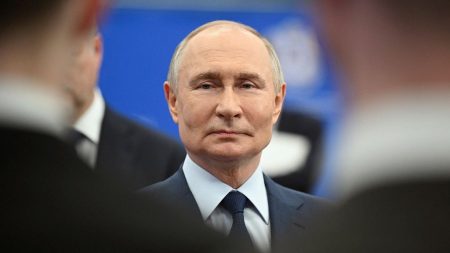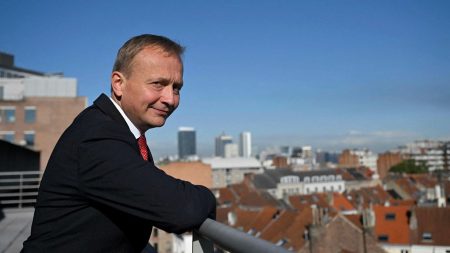Russian President Vladimir Putin’s annual pre-Christmas press conference, typically a platform to project strength and control, took on a different tone this year, marked by the looming shadow of the war in Ukraine and its economic repercussions. While maintaining a facade of stability and unwavering resolve, Putin’s responses revealed underlying anxieties and a potential shift in strategy. His pronouncements ranged from battlefield boasts to economic reassurances, punctuated by provocative challenges and diplomatic overtures, all aimed at shaping the narrative surrounding Russia’s current predicament.
The war in Ukraine dominated the proceedings, with Putin vowing to expel Ukrainian forces from Kursk, albeit without specifying a timeframe. This assertive declaration, characteristic of his past pronouncements, aimed to project an image of decisive action and inevitable victory. However, his refusal to provide a timeline for the war’s conclusion, citing the complexity of the situation, hinted at a tacit acknowledgment of the protracted and unpredictable nature of the conflict. This departure from his previous confident predictions suggests a growing awareness of the challenges Russia faces on the battlefield.
The fragile state of the Russian economy also took center stage. Putin conceded the ”worrying” nature of high inflation, a stark contrast to his usual pronouncements of economic resilience. The weakening ruble and the anticipated interest rate hike by the central bank further underscore the economic strain caused by the war and international sanctions. Despite these pressures, Putin insisted on the overall stability of the Russian economy, attributing it to its ability to withstand external threats. This insistence on stability, however, appeared more as an attempt to reassure a domestic audience and international markets than a reflection of the true economic picture.
Putin’s provocative challenge to the United States, proposing a missile ”duel” by sending a new Orsejnik robot towards Kiev to test American air defenses, underscored a renewed emphasis on military might. This theatrical gesture, delivered with a smile, served as a reminder of Russia’s military capabilities and a thinly veiled threat directed at Western support for Ukraine. It also aligns with Russia’s historical narrative of being a major military power, capable of challenging the United States. This posture, however, could be interpreted as an attempt to distract from the economic difficulties and the ongoing stalemate in Ukraine.
The diplomatic dimension of Putin’s pronouncements further highlighted the complex interplay of power and strategy. His expressed readiness to meet with the incoming US President Donald Trump signaled a potential opening for dialogue and a desire to reset relations. This willingness to engage with the new administration, despite the ongoing tensions, suggests a pragmatic approach to international relations, prioritizing direct communication over escalating confrontation. Simultaneously, his statement about an upcoming meeting with Syria’s deposed dictator, Bashar al-Assad, reaffirmed Russia’s commitment to its allies and its continued involvement in the Middle East.
Underlying the carefully crafted pronouncements, however, was a palpable sense of unease. The economic anxieties, the avoidance of a clear timeline for the war, and the provocative military posturing all pointed to a leader grappling with the unintended consequences of his actions. While projecting an image of strength and control, Putin’s performance at the press conference betrayed a growing awareness of the challenges facing Russia. The combination of economic instability, a protracted war, and increased international pressure has created a complex and volatile situation, demanding a delicate balancing act between maintaining a strong facade and adapting to the evolving realities on the ground. This press conference, therefore, provided a glimpse into the complex calculations and strategic adjustments that Putin is undertaking as he navigates a rapidly changing geopolitical landscape. His pronouncements, carefully calibrated for both domestic and international audiences, reflect a leader striving to maintain control in the face of mounting pressures and uncertainties.



